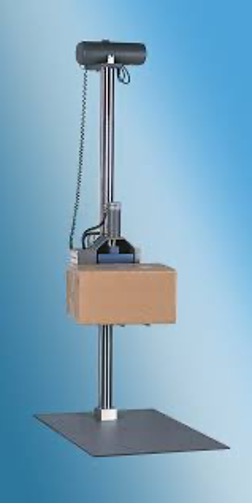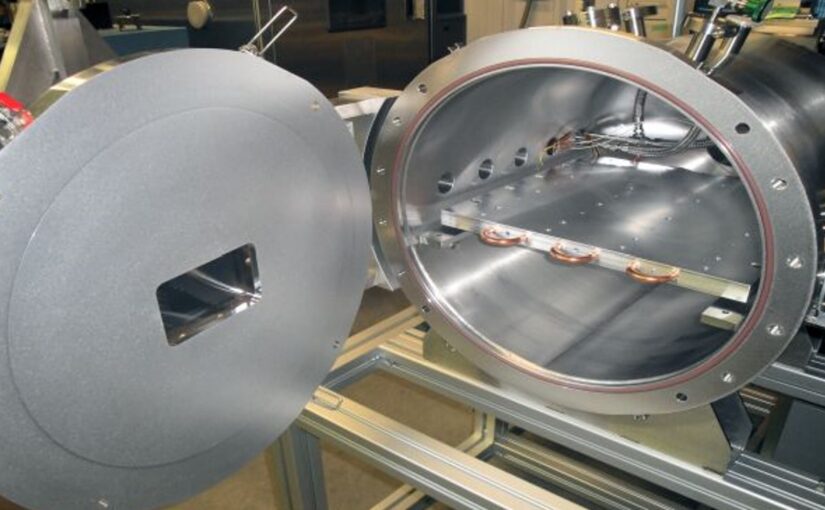
ISTA 2 Series Package Testing Explained
ISTA 2 Series package testing procedures, including ISTA 2A, are designed as Partial Simulation Performance Tests to assess the ability of packages and products to withstand various transport hazards. These package testing procedures (2A, 2B, and 2C) combine elements from the ISTA 1 Series and ISTA 3 Series to evaluate the packaging’s resilience. Manufacturers and distributors can use ISTA 2 package testing to identify weaknesses in their packaging and product designs, leading to improvements that ensure products arrive in good condition. The primary goal of the ISTA Series 2 package testing standards is to minimize shipping issues and product damage during transportation, making it suitable for evaluating packaged products intended for domestic and international shipping.
Benefits of ISTA Series 2 Package Testing Standards
- Durability Testing: These tests assess the durability of packaged products intended for both domestic and international distribution, ensuring they can withstand the rigors of transportation.
- Performance Evaluation: ISTA 2 tests evaluate the performance of packaged products under simulated transportation conditions.
- Comparison of Design Alternatives: These tests allow for a comparison of various package and product design alternatives to determine the most effective options.
- Assurance of Product Protection: By testing products with ISTA 2 procedures, you can have confidence that your products will arrive at their destination without harm.
- Time and Cost Efficiency: ISTA 2 tests can help shorten package development time and provide confidence before launching products.
- Packaging Optimization: These tests assist in optimizing packaging materials to enhance protection and reduce costs.
The ISTA 2 series tests comprise the following procedures:
- ISTA 2A, Packaged-Products weighing 150 lb. (68 kg) or Less
- ISTA 2B, Packaged-Products weighing over 150 lb. (68 kg)
- ISTA 2C, Furniture Packages
ISTA 2A Package Testing
ISTA 2A focuses on testing individual packaged products weighing 150 pounds or less. The table below outlines the test sequence required for ISTA 2A certification. This package testing evaluates the product and its packaging’s ability to withstand transport hazards. By running various tests such as atmospheric preconditioning, compression testing, vibration, and shock testing, the ISTA 2A certification ensures that the packaging can protect the products during transportation and prevent damage.
| Sequence | Test Category | Test Type | For ISTA Certification |
| 1 | Atmospheric Preconditioning | Laboratory ambient temperature and humidity | Required |
| 2 | Atmospheric Conditioning | Controlled Temperature and Humidity in an environmental chamber | Required |
| 3 | Compression Testing (Alternative methods allowed-select one test type) | Compression Tester, apply and release Compression Tester, apply and hold Weight and Load Spreader | Required |
| 4 | Vibration (alternative methods allowed-select one test type) | Fixed Displacement or Random Vibration | Required |
| 5 | Shock (alternative methods allowed-select one test type) | Package Drop Test or Inclined Impact or Horizontal Impact | Required |
| 6 | Vibration (alternative methods allowed-select one test type) | Fixed Displacement or Random Vibration | Required |
ISTA 2A Test Procedure
ISTA 2B Package Testing
ISTA 2B is designed for individually packaged products weighing over 150 pounds. The table below outlines the test sequence required for ISTA 2B certification. It focuses on assessing the product’s ability to withstand transport hazards and ensure its safe delivery. The ISTA 2B test includes tests such as atmospheric preconditioning, atmospheric conditioning, compression testing, vibration, shock testing, and rotational edge drop testing. By undergoing the ISTA 2B certification, manufacturers can gain confidence in the durability of their packaged products and reduce the risk of damage during transportation.
| Sequence | Test Category | Test Type | For ISTA Certification |
| 1 | Atmospheric Preconditioning | Laboratory ambient temperature and humidity | Required |
| 2 | Atmospheric Conditioning | Controlled Temperature and Humidity in an environmental chamber | Required |
| 3 | Compression Testing (Alternative methods allowed-select one test type) | Compression Tester, apply and release Compression Tester, apply and hold Weight and Load Spreader | Required |
| 4 | Vibration (alternative methods allowed-select one test type) | Fixed Displacement or Random Vibration | Required |
| 5 | Shock (alternative methods allowed-select one test type) | Package Drop Test (6 in) or Inclined Impact (69 in/sec) or Horizontal Impact (69 in/sec) | Required |
| 6 | Shock | Rotational Edge Drop (8 in) | Required when not testing face 1 |
| 7 | Vibration (alternative methods allowed-select one test type) | Fixed Displacement or Random Vibration | Required |
ISTA 2B Test Procedure
ISTA 2C Package Testing
ISTA 2C focuses on testing individual packaged furniture products, specifically Case Goods. Case Goods include items such as storage chests, dressers, bookshelves, desks, wardrobes, console units, lockers, display units, and cabinets. The table below outlines the test sequence required for ISTA 2C certification.
| Sequence | Test Category | Test Type | For ISTA Certification |
| 1 | Atmospheric Preconditioning | Laboratory ambient temperature and humidity | Required |
| 2 | Atmospheric Conditioning | Controlled Temperature and Humidity in an environmental chamber | Optional |
| 3 | Vibration | Random Vibration Under Dynamic Load | Required |
| 4 | Shock (alternative methods allowed-select one test type) | Package Drop Test or Inclined Impact or Horizontal Impact | Required |
ISTA 2C Test Procedure
ISTA Packaging Standards: Enhancing Product Protection
ISTA packaging standards encompass a wide range of tests and assessments that replicate the real-world conditions encountered during shipping. These standards consider factors such as vibration, shock, compression, atmospheric conditions, and more.
DES provides package testing services to various industries, including medical devices, electronics, automotive, and aerospace. Our environmentally controlled, accredited laboratory ensures reliable and accurate testing and complies with ISTA packaging standards. If you have any questions or need expert assistance, please feel free to contact us.
Package Testing: Ensuring Product Integrity Throughout Transportation
In conclusion, package testing plays a critical role in safeguarding product integrity during transportation. By subjecting packages to rigorous tests that simulate real-world shipping conditions, manufacturers and distributors can identify weaknesses in their packaging designs and make necessary improvements. ISTA 2A, 2B, and 2C procedures are specifically designed to evaluate the ability of packages and products to withstand various transport hazards.
Don’t leave the transportation of your valuable products to chance. Contact DES today to discuss your package testing requirements and ensure the integrity of your products throughout the transportation process.










